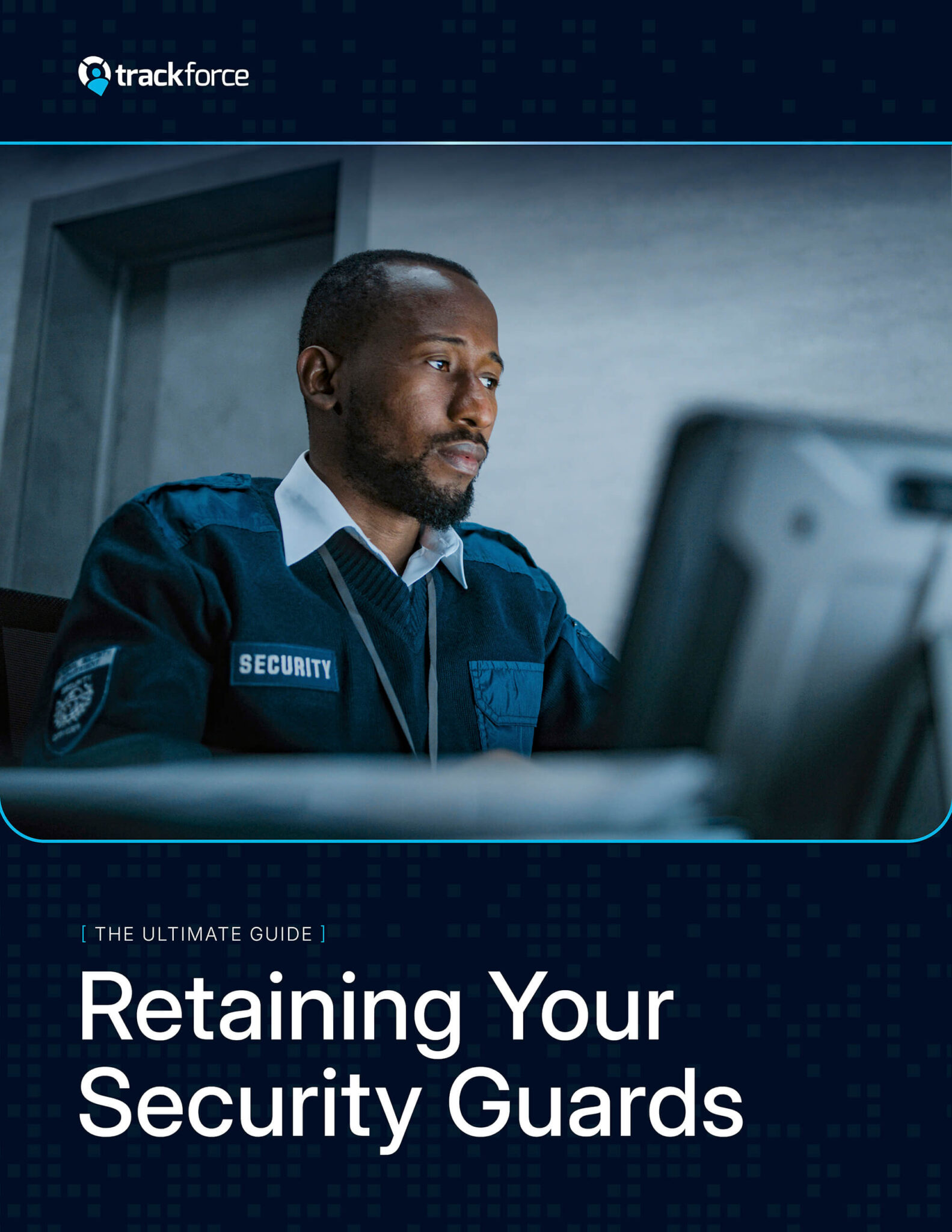
Executive Protection in 2025: Why Centralized Security Operations Are the New Standard
The numbers tell a stark story: executive security spending jumped 118.9% from 2021 to 2024, with median spending rising from $43,068 to $94,276. In just one year, 31.3% of S&P 500 companies now provide executive protection services, up from 24.5% in 2023. Some companies, like Intel, expanded their security spending by over 8,000% in a single year—from $3,000 in 2023 to nearly $250,000 in 2024.
The murder of UnitedHealthcare CEO Brian Thompson in December 2024 sent shockwaves through boardrooms worldwide, but the trend toward executive protection was already accelerating. UnitedHealth Group spent nearly $1.7 million on security for its top executives in 2024, expenses that occurred primarily in the final weeks after Thompson’s killing. This tragic event simply highlighted a harsh reality corporate leaders already knew: executive security is no longer a luxury reserved for tech billionaires and Hollywood moguls—it’s becoming an essential business investment.
Corporate security landscapes have shifted dramatically. Where once a CEO might walk freely into a restaurant, today’s executives often arrive with protection officers in tow. Office sweeps before executive visits are routine, and bulletproof vehicles navigate city streets carrying leaders to meetings just blocks away.
But this protection goes far beyond bodyguards and armored cars. In 2025, executive safety is about real-time intelligence, seamless coordination, and centralized command—all of which require a modern approach to physical security operations.
The Threat Landscape Has Changed—So Should Your Protection Strategy
Executives today face a volatile mix of digital and physical threats:
1. Social media exposure becomes real-time targeting
LinkedIn posts, tagged event photos, and location-based apps create digital breadcrumbs that bad actors can use to track executive routines.
2. Polarization makes executives symbolic targets
Leaders are increasingly seen not just as decision-makers, but as symbols of wealth, inequality, or political influence. This visibility adds new risk dimensions.
3. Economic tension fuels anti-corporate backlash
Layoffs, closures, and market instability can trigger personal resentment—sometimes manifesting in threats or attempted harm toward executives.
4. Global mobility increases vulnerability
An executive traveling between New York, Dubai, and Singapore in a week encounters vastly different security profiles. Static protocols can’t keep up.
5. Cyber threats bleed into the physical world
A single phishing email could leak a CEO’s travel plans. Cyber breaches now routinely expose executives to physical dangers.
From Bodyguards to Command Centers: The Evolution of Executive Protection
Traditional bodyguard-style protection simply can’t manage this threat complexity. What’s needed is an orchestrated system of intelligence, mobility, and rapid response.
That’s where real-time, centralized security operations come in.
Platforms from Trackforce allow organizations to manage executive protection like any other mission-critical operation—intelligently, flexibly, and transparently.
How Centralized Security Platforms Enhance Executive Protection
Balancing Safety and Executive Accessibility
The best executive protection programs are discreet. They keep leaders safe without surrounding them with a visible wall of security that interferes with leadership duties.
Trackforce’s real-time visibility and customizable SOPs ensure your team can:
- Coordinate low-profile protection for public appearances
- Rapidly shift resources based on dynamic risks
- Allow secure interactions with employees, press, and partners without disruption
The result? Security that protects without restricting.
Use Case: Coordinating a CEO’s Global Itinerary
Consider the complexity involved in protecting a CEO attending an investor conference in London, followed by a site visit in Houston and a keynote speech in Toronto.
With a centralized platform:
- Risk assessments for each location are filed and shared in advance
- Security officers are pre-briefed and scheduled with full itinerary context
- Emergency response protocols are accessible to all team members in real-time
- Live check-ins and GPS tracking provide peace of mind without requiring micromanagement
This isn’t just protection—it’s security orchestration at scale.
Future-Proofing Executive Protection in 2025 and Beyond
As threats evolve, executive protection programs must become more agile, data-driven, and technology-enabled.
Key trends ahead:
- AI-powered threat detection: Proactively identify risks from online chatter and news sentiment
- Drone monitoring & counter-drone systems: For event surveillance and perimeters
- Biometric access and facial recognition: For secure building and vehicle entry
- Cyber-physical fusion: Integrating digital threat intelligence with on-the-ground protection protocols
Trackforce is already helping security leaders prepare for this convergence by connecting people, data, and devices in a single operational layer.
Executive Protection Is Risk Management
Executive protection is no longer a reactive service—it’s a proactive investment in leadership continuity, brand integrity, and shareholder confidence.
With a centralized, real-time platform like Trackforce, your team can deliver:
- Smarter deployments
- Higher executive trust
- Faster threat responses
- Measurable ROI
Frequently Asked Questions

Want to understand all the factors driving guard turnover?
Download our comprehensive “Ultimate Guide to Retaining Your Security Guards” for actionable insights.




